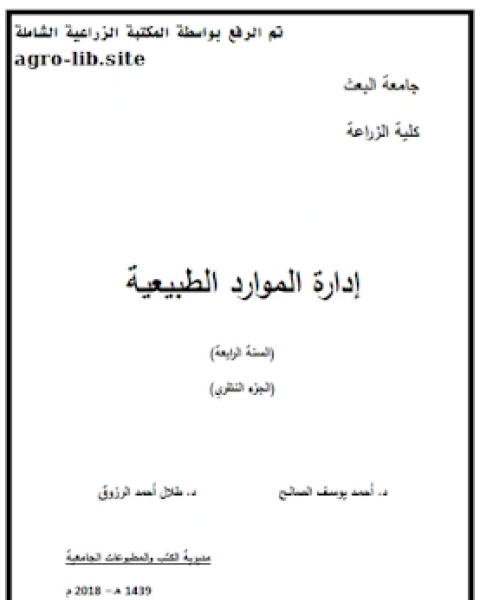تحميل كتاب Protein Sequencing Protocols pdf 2010م - 1443هـ نبذه عن الكتاب: Strategies for Handling Polypeptides on a Micro-Scale Bryan John Smith and Paul Tempst 1. Introduction Samples for sequence analysis frequently are in far from plentiful supply. Preparation of protein without loss, contamination or modification becomes more problematical as the amount of the sample decreases. The most successful approach is likely to include the minimum number of steps, at any of which a problem might arise. The strategy for preparation of a given protein will depend on its own particular properties, but several points of advice apply. These are: • Minimize sample loss: see Note 1. • Minimize contamination of the sample: see Note 2. • Minimize artificial modification of the sample: see Note 3. When it comes to sample purification, polyacrylamide gel electrophoresis is a common method of choice, since it is suited to sub-µg amounts of sample, entails minimal sample handling, is quick, and has high resolving power. Proteins may be fragmented while in the gel (see Chapters 5 and 6), or electroeluted from it using commercially available equipment. Commonly, however, proteins and peptides are transferred onto membranes prior to analysis by various strategies as described in Chapter 4. Capillary electrophoresis (Chapter 8) and high-performance liquid chromatography (HPLC) are alternative separation techniques. Capillary electrophoresis has sufficient sensitivity to be useful for few µg or sub- µg amounts of sample. For maximum sensitivity on HPLC, columns of 1 mm or less inside diameter (id) may be used, but for doing so there are considerations extra to those that apply to use of larger-bore columns. These are discussed below. .
عرض المزيد







